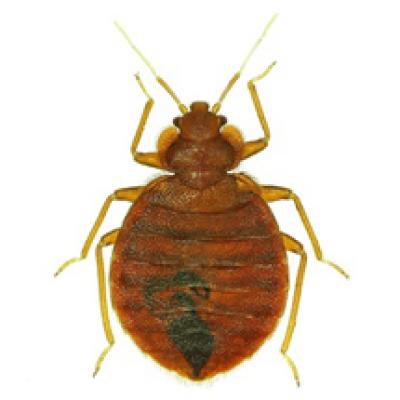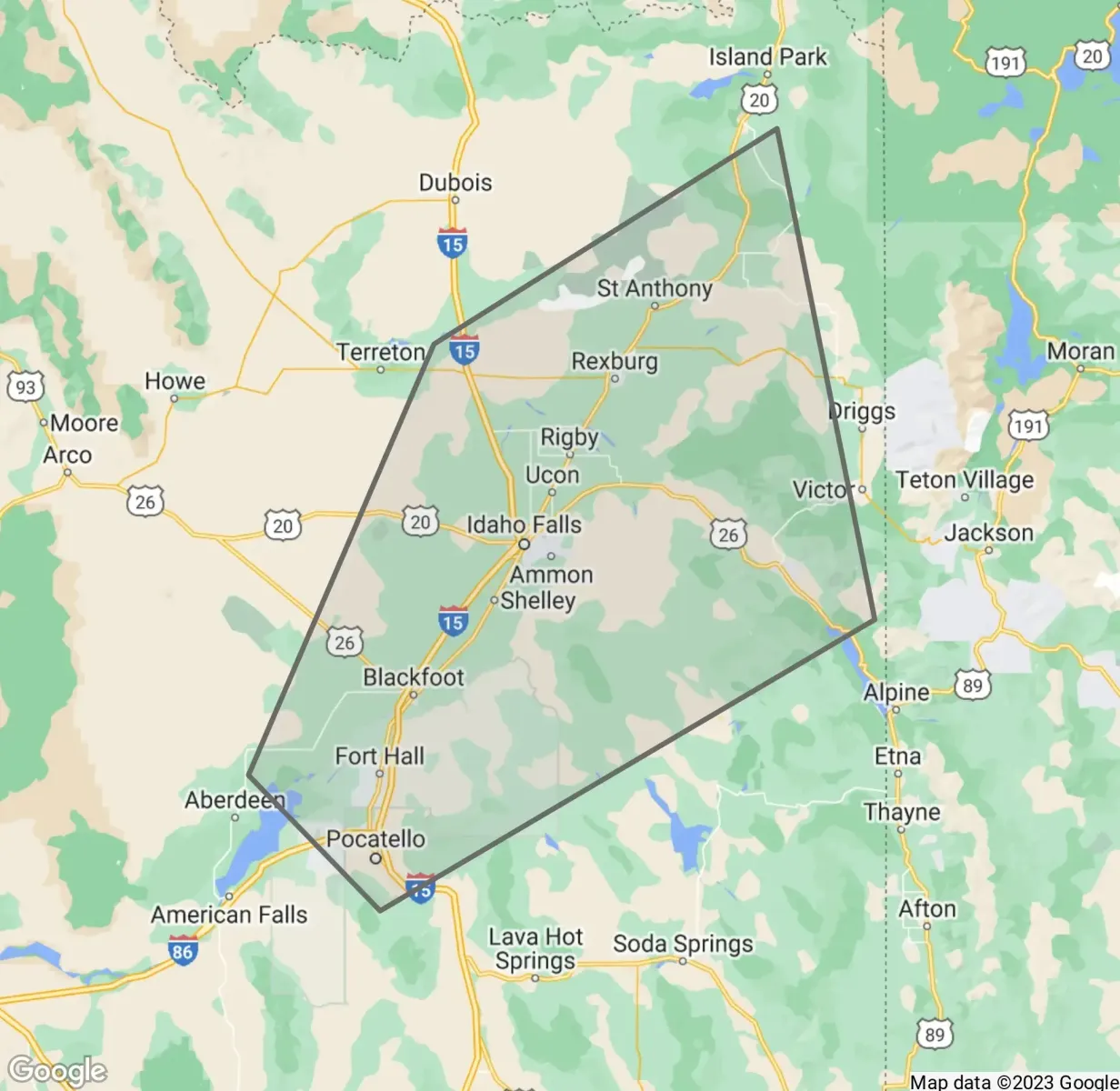
Bed Bug Control in Eastern Idaho
The common bed bug (Cimex lectularius) has long been a pest – feeding on blood, causing itchy bites and generally irritating their human hosts. The Environmental Protection Agency (EPA), the Centers for Disease Control and Prevention (CDC), and the United States Department of Agriculture (USDA) all consider bed bugs a public health pest. However, unlike most public health pests, bed bugs are not known to transmit or spread disease. They can, cause other public health issues. So it is important to pay close attention to preventing and controlling bed bugs.
Bed bugs can be hard to find and identify, given their small size and their habit of staying hidden. It helps to know what they look like since the various life stages have different forms. Knowing what to look for is the first step in identifying and controlling bed bugs. There are many insects that look like bed bugs so an accurate identification is a critical first step to avoid costly treatment for the wrong insect.

What Do Bed Bugs Look Like?
Adult bed bugs, in general, are:

- About the size of an apple seed (5-7 mm or 3/16 - 1/4 inch long)
- Long and brown, with a flat, oval-shaped body (if not fed recently)
- Balloon-like, reddish-brown, and more elongated (if fed recently)
Young bed bugs (also called nymphs), in general, are:
- Smaller, translucent, or whitish-yellow in color.
- If not recently fed, they can be nearly invisible to the naked eye because of coloring and size.
How Did I Get Bed Bugs?
Bed bugs are experts at hiding. Their slim flat bodies allow them to fit into the smallest of spaces and stay there for long periods of time, even without a blood meal. Bed bugs are usually transported from place to place as people travel. Bed bugs travel in the seams and folds of luggage, overnight bags, folded clothes, bedding, furniture, and anywhere else where they can hide. Most people do not realize they are transporting stow-away bed bugs as they travel from location to location, infecting areas as they travel. Everyone is at risk for getting bed bugs when visiting an infected area. However, anyone who travels frequently and shares living and sleeping quarters where other people have previously slept has a higher risk of being bitten and/or spreading a bed bug infestation.
Call Us To Schedule Your Service
What Are the Signs of a Bed Bug Infestation?
One of the easiest ways to identify a bed bug infestation is by the tell-tale bite marks on the face, neck, arms, hands, or any other body part while sleeping. However, these bite marks may take as long as 14 days to develop in some people so it is important to look for other clues when determining a bed bug infestation. A more accurate way to identify a possible infestation is to look for physical signs of bed bugs.
When cleaning, changing bedding, or staying away from home, look for:
- Rusty or reddish stains on bed sheets or mattresses caused by bed bugs being crushed.
- Dark spots, which are bed bug excrement and may bleed on the fabric like a marker would.
- Eggs and eggshells (which are tiny, about 1mm) and pale yellow skins that nymphs shed as they grow larger.
- Live bed bugs.
Where Do Bed Bugs Hide?
Bed bugs will typically hide near sleeping areas like the mattress, box spring, bedding, bed frame, headboard, baseboard, night stand, electrical outlet cover, phone jacks, picture frames, peeling wallpaper, couch, recliner, any small crack or crevice and near where people sleep or rest making it difficult to get rid of bed bugs.
When not feeding, bed bugs hide in a variety of places. Around the bed, they can be found near the piping, seams and tags of the mattress and box spring, and in cracks on the bed frame and headboard.
If the room is heavily infested, you may find bed bugs:
- In the seams of chairs and couches, between cushions, in the folds of curtains.
- In drawer joints.
- In electrical receptacles and appliances.
- Under loose wall paper and wall hangings.
- At the junction where the wall and the ceiling meet.
- Even in the head of a screw.
Since bed bugs are only about the width of a credit card, they can squeeze into really small hiding spots. If a crack will hold a credit card, it could hide a bed bug.
How to Control Bed Bugs
If you suspect that you have bed bugs, contact a pest control professional immediately to have a bed bug inspection of your residence. Bed bugs are not a “do-it-yourself” pest. Bed bugs are very difficult to control.
When a bed bug infestation is discovered, there are multiple methods for control. Be aware that it will take time and patience; there is no quick fix for control. Bed bugs reproduce rapidly. The longer you delay in calling in a professional the more widespread the infestation will become. The larger the infestation, the longer it will take to control and the more difficult it may be.

Areas We Service in Eastern Idaho
As a locally owned and operated pest and lawn services company, we’ve proudly served Idaho for over 37 years. We service the following cities:

